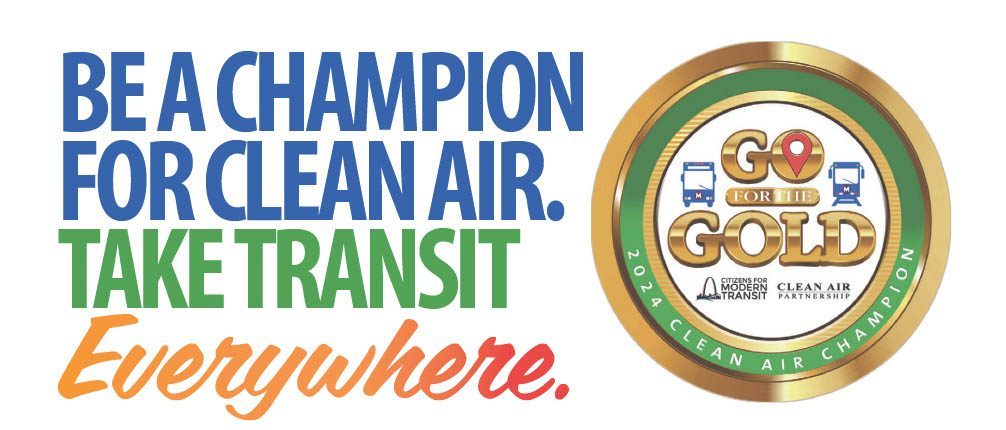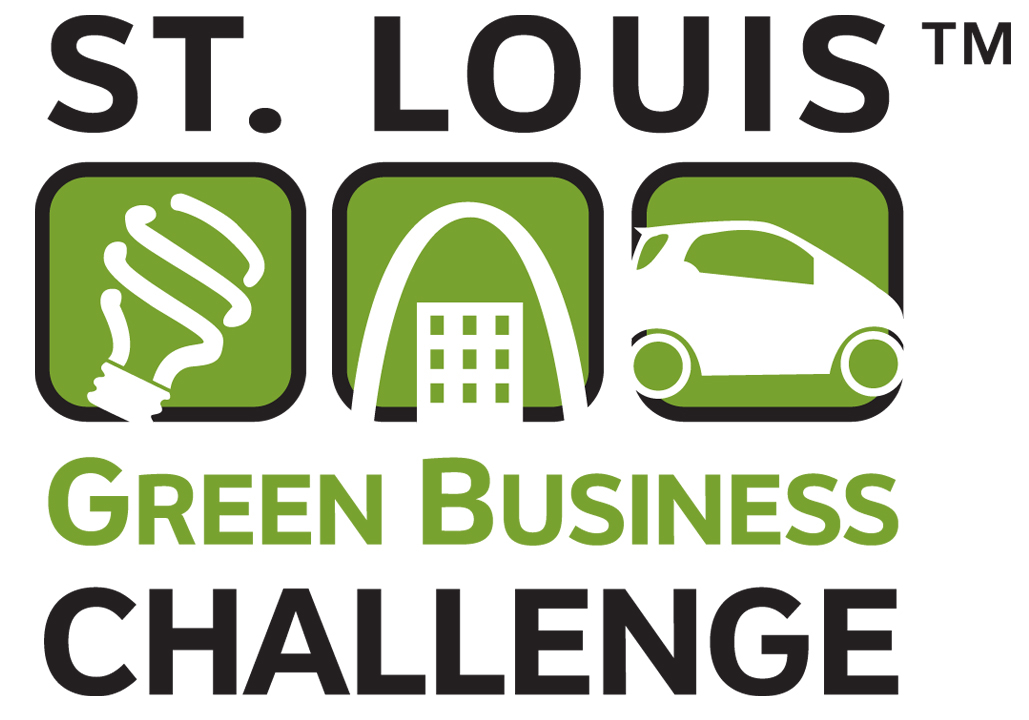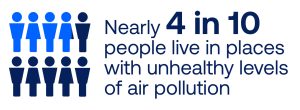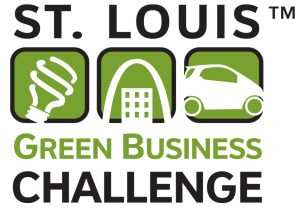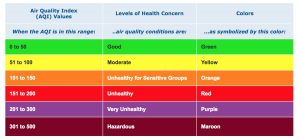Transportation-related emissions are one of the biggest contributors to air pollution. The Clean Air Partnership and Citizens for Modern Transit are therefore launching a “Go for the Gold. Be a Champion for Clean Air. Take Transit Everywhere.” campaign in conjunction with the 2024 Summer Olympics – as late July into August is traditionally known as the hottest stretch of summer and poses the greatest threat for poor air quality. This two-week-long effort will work to remind individuals to take MetroLink and MetroBus to get to school, work, sports and entertainment venues and everywhere else they need to go. Doing so will help reduce auto emissions and improve regional air quality conditions, while saving transit riders money on gasoline, parking fees and the maintenance costs associated with personal vehicle usage.
“The St. Louis region is no stranger to poor air quality conditions,” said Susannah Fuchs, Director of Clean Air for the American Lung Association in Missouri, which oversees the Clean Air Partnership. “There is a lot of work to be done to protect our local communities from the continued risks to public health resulting from elevated air pollution levels, particularly during the peak of summer when extreme weather conditions significantly impact daily air quality. It’s imperative that area residents stay informed about the quality of the air we breathe and continue to take voluntary steps to reduce emissions to help improve outcomes.”
Area residents can visit www.GoForTheGoldSTL.com to complete a pledge form acknowledging their commitment to take transit between July 26 thru Aug. 11, in addition to their consent to receive color-coded, daily air quality forecasts via email stating if the forecast for the following day is a GREEN (good), YELLOW (moderate), ORANGE (unhealthy for sensitive groups) or RED (unhealthy for everyone) air quality day. The first 150 to do so will receive a “Going for the Gold, 2024 Clean Air Champion” vinyl sticker and a $5 Metro Transit Day Pass good for unlimited rides on MetroLink or MetroBus for an entire day. The site also provides detailed information about available modes of public transit provided throughout the bi-state area by Metro Transit and the St. Clair County Transit District – and links to associated schedules, pricing, programs, incentives and more.
“We know that auto emissions play a drastic role in what the air quality is on any given day,” added Kimberly Cella, Executive Director for Citizens for Modern Transit. “As the summer heats up and the potential for poor air quality days to be forecast increases, we want people to take action with alternate modes of transportation.”
Those who track their transit trips by responding to campaign text messages from July 26 to Aug. 11 will also get a free, patriotic “Public Transit” t-shirt mailed to them, while supplies last. Each time respondents track their transit trips, their name will be entered into a drawing to win one of 10, September monthly Metro Transit passes up for grabs – valued at $78 each.
Street teams from partnering organizations behind the “Be A Champion for Clean Air. Take Transit There.” campaign will also be at select MetroLink and MetroBus stops the morning of Thursday, July 25, 2024. These representatives will be handing out campaign-themed lanyards and card holders with an educational insert encouraging people to scan a QR code to commit to “Going for the Gold” by taking transit and signing up to receive the daily air quality forecasts.
To learn more about the region’s air quality, public transportation options and campaign efforts, visit www.GoForTheGoldSTL.com.
